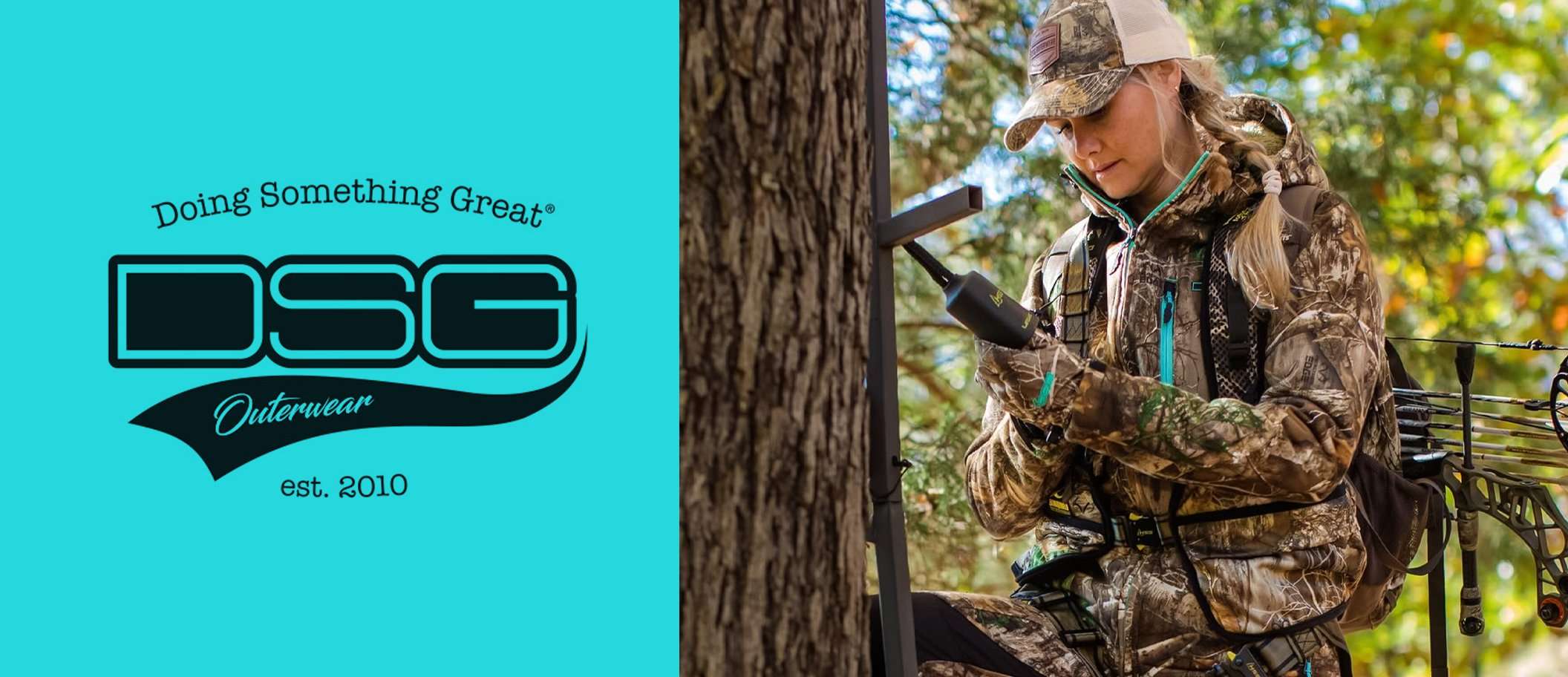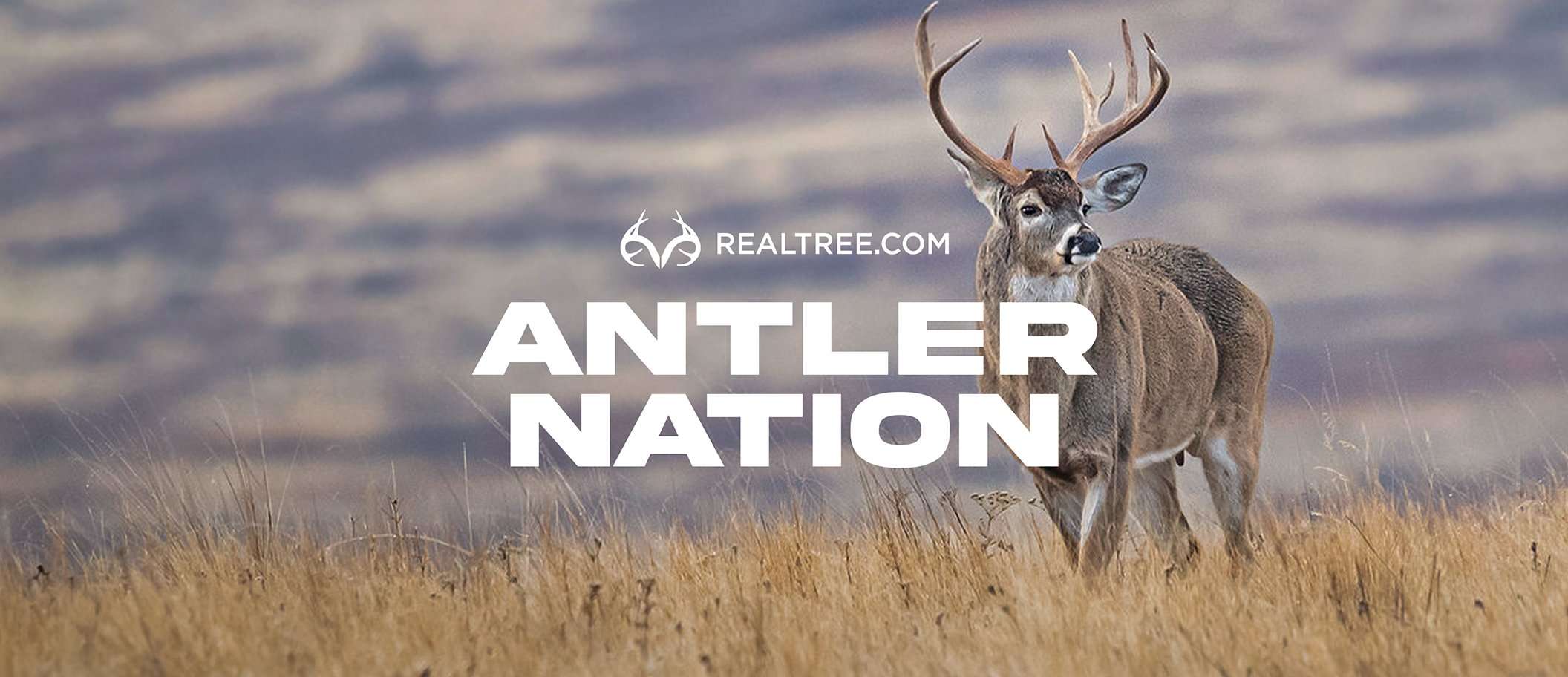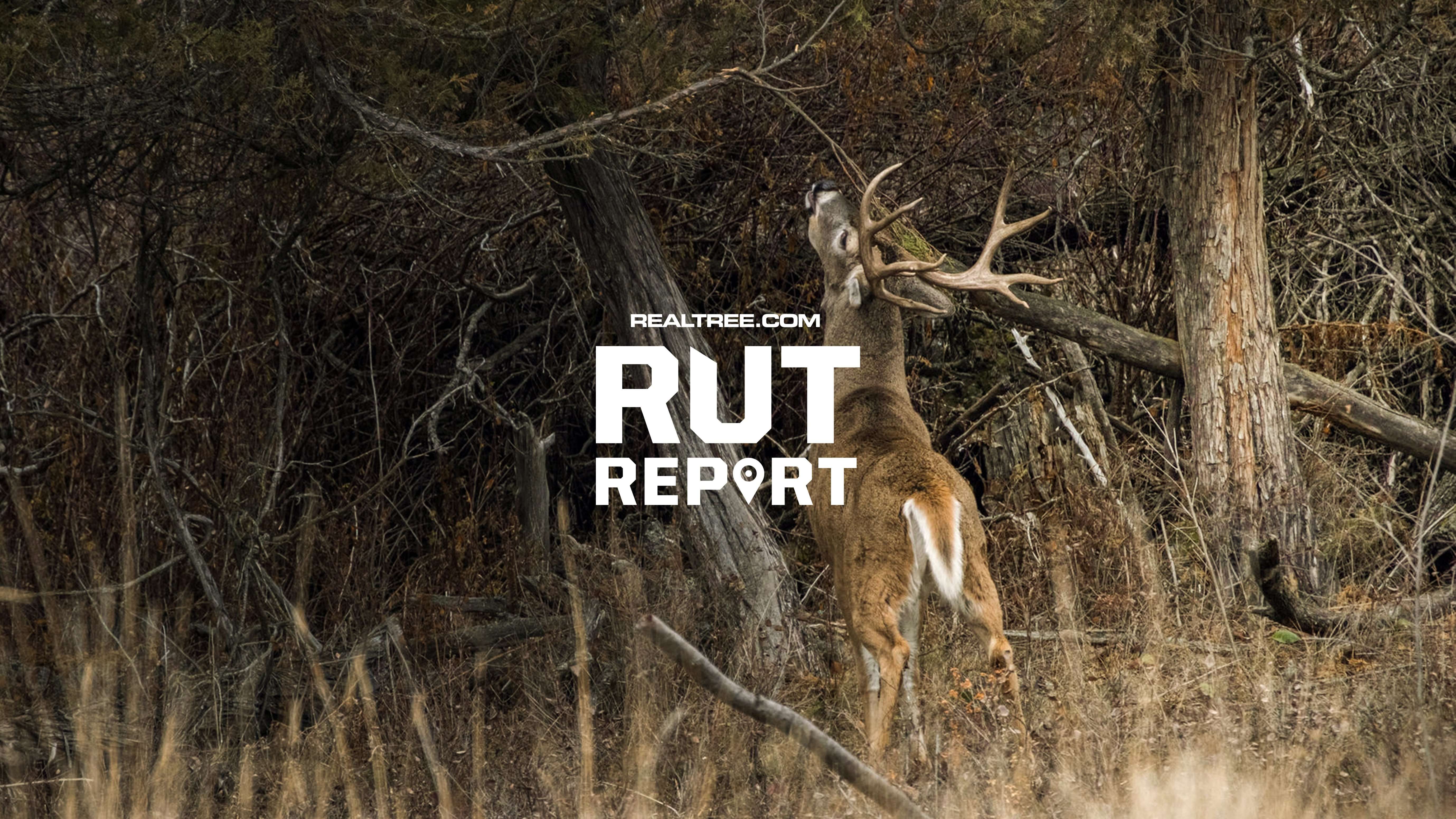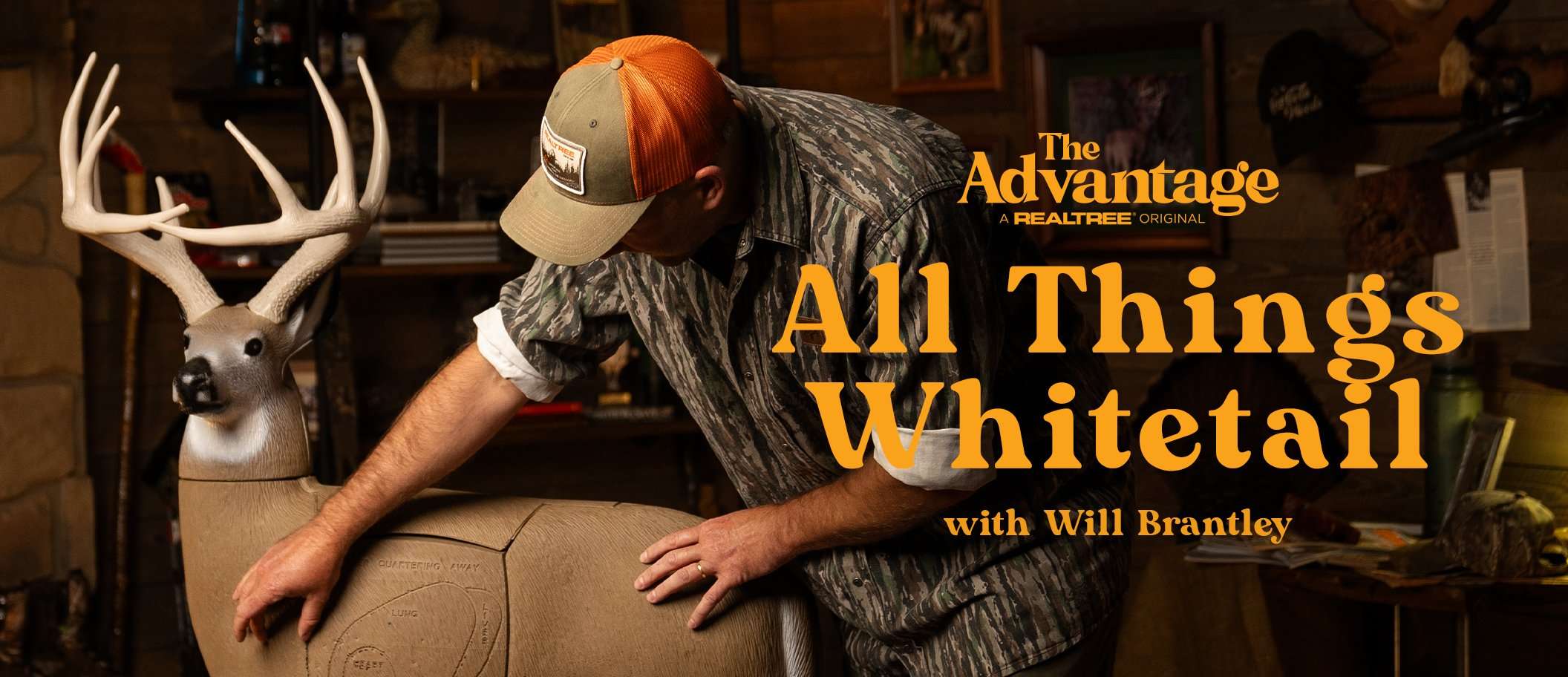There are some practical strategies to make owning your dream hunting property a reality, no matter your budget
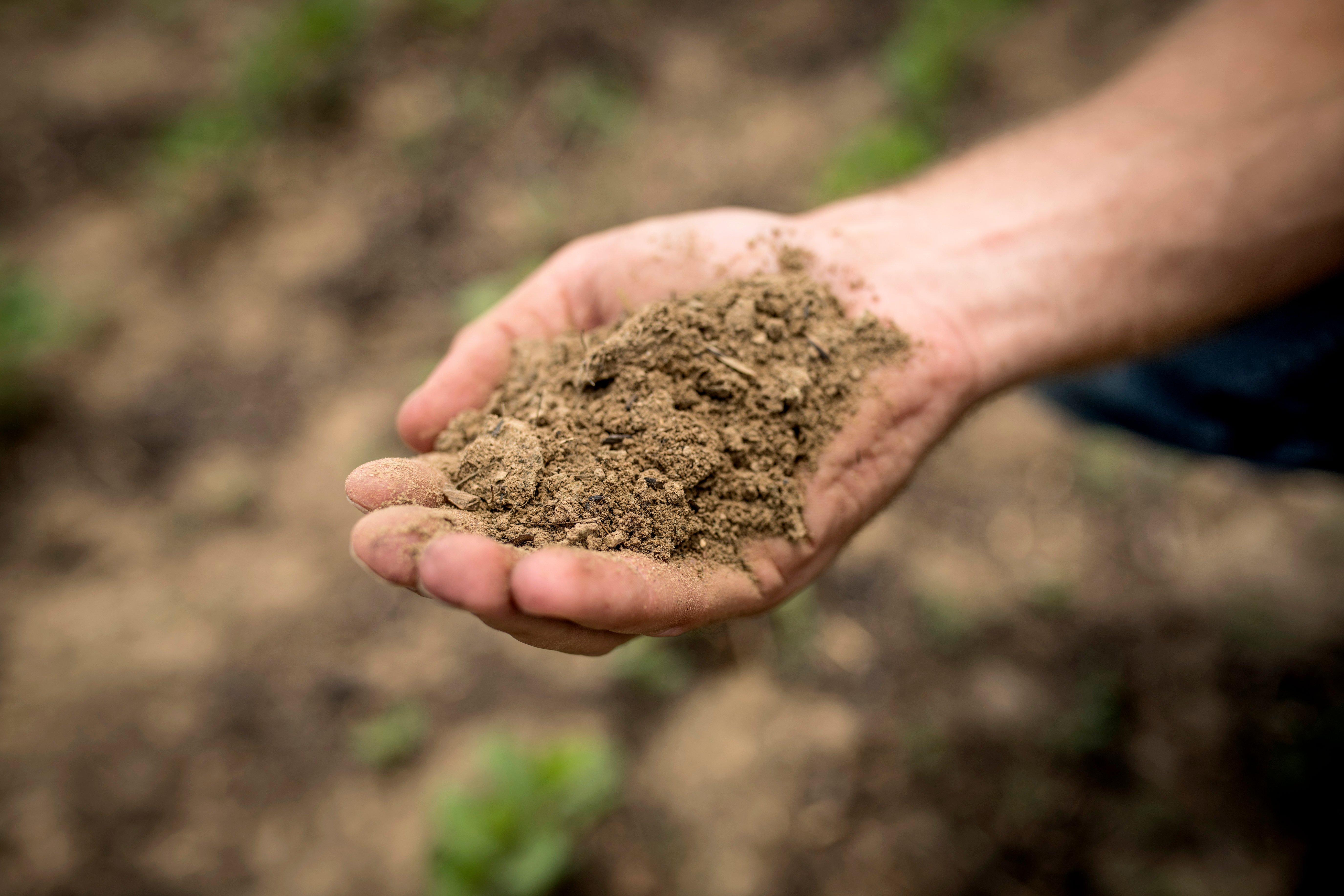
Although it may seem out of reach, a good strategy can help make owning your own private land possible. (Image by Bill Konway)
The U.S.A. is a hunter’s paradise. A rich variety of game species dots every landscape from the upper tundra of Alaska to the raised garden beds in my backyard. Not only are our forests, plains, and mountaintops diverse and vast, our public land welcomes sportsmen and women and encourages all kinds of outdoor recreation.
If you’ve ever been one of the many hunters that ventures deep into a WMA or National Forest, you know that the blessing of public access comes with challenges. Many times I’ve sat in the stand listening to what sounded like the Battle of Shiloh only to dream of solidarity. However, owning private land is a dream that many find unobtainable, be it from the reluctance of taking the big step or the fear of listening to a spouse reference it every time you complain about the water bill.
While neither this article nor this author will give you marriage advice, owning private hunting land should not be feared. Most hunters can afford their own Back 40, but like any major purchase, a good strategy will make the difference. Here’s how you can do it.
FINDING GROUND
As corny as it sounds, start off by stating your goals. For the sake of this article, we’ll consider whitetail or mule deer property that can also double for alternative species, like turkeys, and small game. If your goal is to find ground that holds geographically sensitive game, like pheasants or waterfowl, you will greatly reduce your list of available properties. As my college economics professor taught me, a lower supply paired with consistent demand results in higher prices. I think I got a C+ in that class, but I know it's a fact.
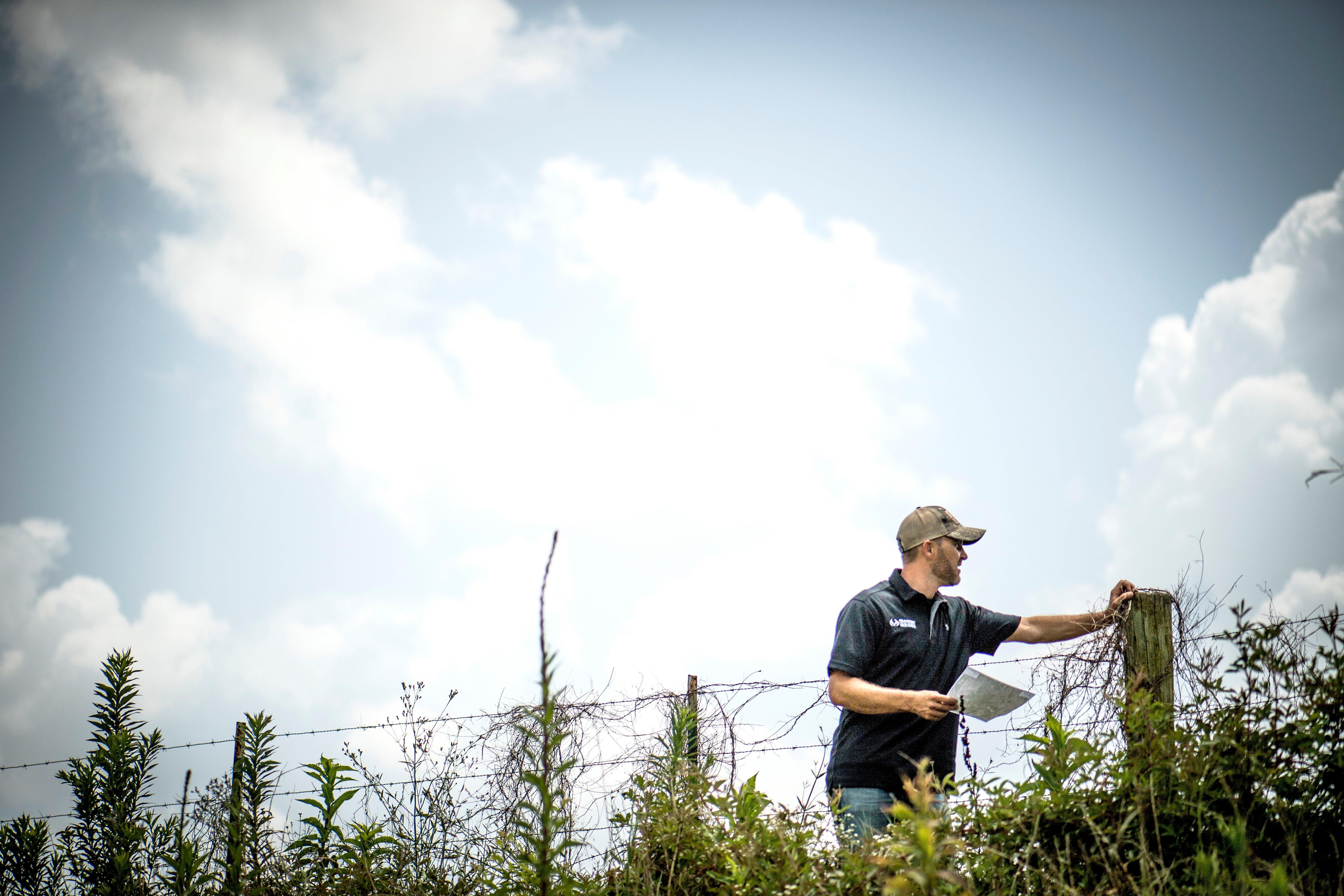
When preparing to buy property, the first step should be determining your goals. (Photo by Bill Konway)
The good news is that deer can be found in all 50 states, as well as much of Canada and almost all of Mexico if you’re feeling spicy. Additionally, deer will live in a variety of habitats that are otherwise unusable. Properties featuring nasty swamps and bogs, steep ridges and hollers, and rocky outcrops can be prime deer habitat in places where construction and other forms of recreation may not be possible. Deer will live almost anywhere, especially when you employ some habitat management. These types of properties tend to be ideal for a hunter wanting to buy property and less appealing for farmers and investors, making prices more affordable.
If you’re reading this article, chances are high that you have searched the web for hunting property at some point. While popular real estate search engines will list properties suitable for hunting, some real estate agencies specialize in recreation properties and will have a list of available properties that aren’t yet listed. To find more affordable options, search these listings for the above features and call agencies in your area of interest to see what’s available.
Don’t Miss: The Best Time to Establish Mineral Sites for Deer
Also consider the fact that properties closer to an urban area will usually sell for higher prices than comparable land outside of town. For budget-shoppers, widening your radius and being willing to drive will open up a lot of options. Small properties bordering public hunting can also give you back-door access to areas of a Wildlife Management Area that may see less pressure, especially if there are no roads or parking areas close to the property that you are interested in.
During the research for this article, I searched 12 random states, mainly in the Southeast and Midwest. In each of those, I was able to find 50 acres for under $200,000. I can confidently say that I think most states would support similar numbers. While $200,000 is a hefty pull from a savings account, help is around the corner.
ACE THE FINANCING
Nobody likes debt, but debt can be a good thing. In many cases, properly-managed debt can build assets and increase equity in ways that would otherwise be out of reach. Most real estate debt will be issued from banks and credit unions, government organizations like the USDA, or from the seller of the property. All three bring pros and cons.
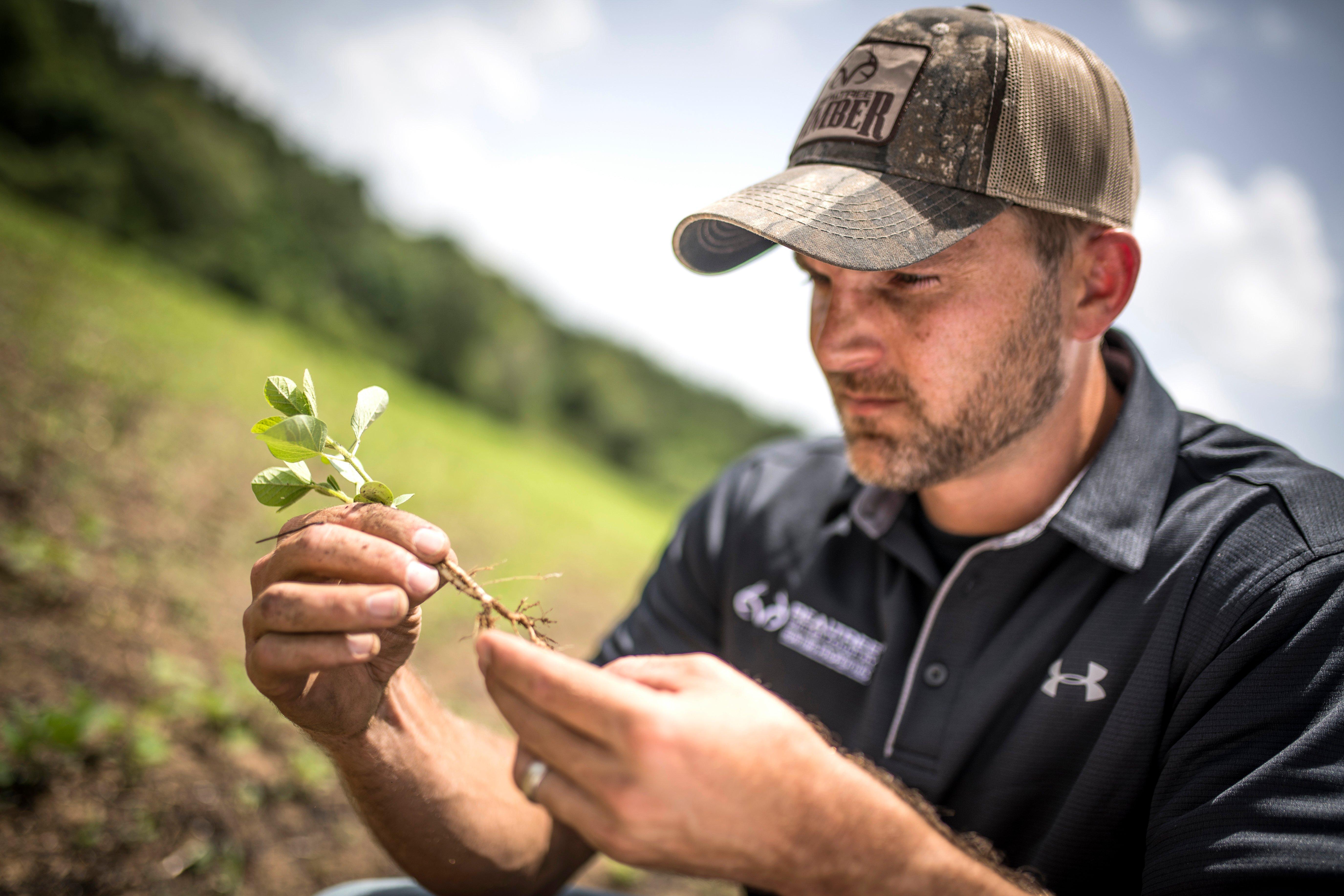
Remember, deer can live in a variety of habitats. So, land that may be less appealing to farmers or investors could be just perfect for a hunter. (Image by BIll Konway)
Bank debt is the most straight-forward. The terms are generally rigid but set in stone. As long as a buyer’s income can support the debt payment, banks will usually be flexible in qualifying someone for a loan. After all, they are in business to make loans. One of the downsides to bank loans is that they generally require a down payment, which is usually 20% of the property’s purchase price. In our example, the buyer would be required to pay $40,000 at closing.
Government loans, like the ones commonly used by farmers, can offer looser upfront requirements. The downpayment requirement is usually lower than banks, and the interest rate is generally more favorable. However, borrowers will need to qualify for the loan, which generally requires some sort of agriculture practice. Different loans are available for different types of agriculture (row crops, timber, livestock, etc.), so it’s worth a call to the USDA to find out more. Other government agencies may offer some funding as well.
Owner financing is another option. In this structure, the buyer and seller enter into a direct contract where the buyer makes payments directly to the seller. The terms of the agreement are also fully negotiable. In many cases, the interest rate is less than a bank loan would cost a buyer and more than a bank would pay the seller in an interest-bearing bank account. There is no underwriting, and closing can happen much more quickly. Finding an owner to finance it is the tricky part, and contingencies should be considered in case of death of either party. An attorney can help draw up the contract.
For a point of reference, a 30-year loan for $200,000 with a 7% interest rate and a $40,000 down payment would require a monthly payment of around $1,100. At 5% interest, the payment would be a little over $850. Property tax should come in around $1,500 a year in most counties. Also consider liability or umbrella insurance to protect against any injury by guests or even trespassers.

No one likes dept, but properly-managed debt can build assets and increase equity in ways that would otherwise be out of reach. (Photo by Bill Konway)
LEVERAGE INCOME SOURCES
So far we have focused on “cash out”, but generating income off your property can take some of the heat off of your wallet. Almost all properties can produce some version of supplemental income. While none of them may be ideal, if they are the difference in owning land and not owning land, they should be considered. Here is an abbreviated list of potential income sources and the roundabout expected amounts.
If your prospective property contains mature timber, you may be sitting on something valuable. While the value of a timber stand can fluctuate widely, select-cut thinning can generate anywhere from $100 - $1,000 per acre every few years depending on the species. Opening up the canopy can also improve the habitat to include more food, comfort cover, and bedding. Consider clear cutting small parcels for food plots or regenerative growth, and also consider a controlled burn to reduce non-natives.
If your prospective property contains little forest and more open country, think about leasing the prime spots to a local farmer. In many cases they can expand their operation and their business faster by renting land instead of buying. For the hunter, row crop agriculture, and even cattle, can provide additional benefits to deer and turkey management. A good conservative estimate would be to make $100 per acre each year on land leased to farmers.
Certain government programs will also supplement landowners for conservation practices on their private tracts. In many cases, these programs will benefit wildlife and put some money in your bank account. The Conservation Reserve Program (CRP) is the most well-known, but several different organizations offer grants. Start by researching programs offered by the USDA, National Resources Conservation Service (NRCS), and National Fish and Wildlife Foundation (NFWF). Private organizations can help as well. Expect to receive around $50 to $200 per acre.
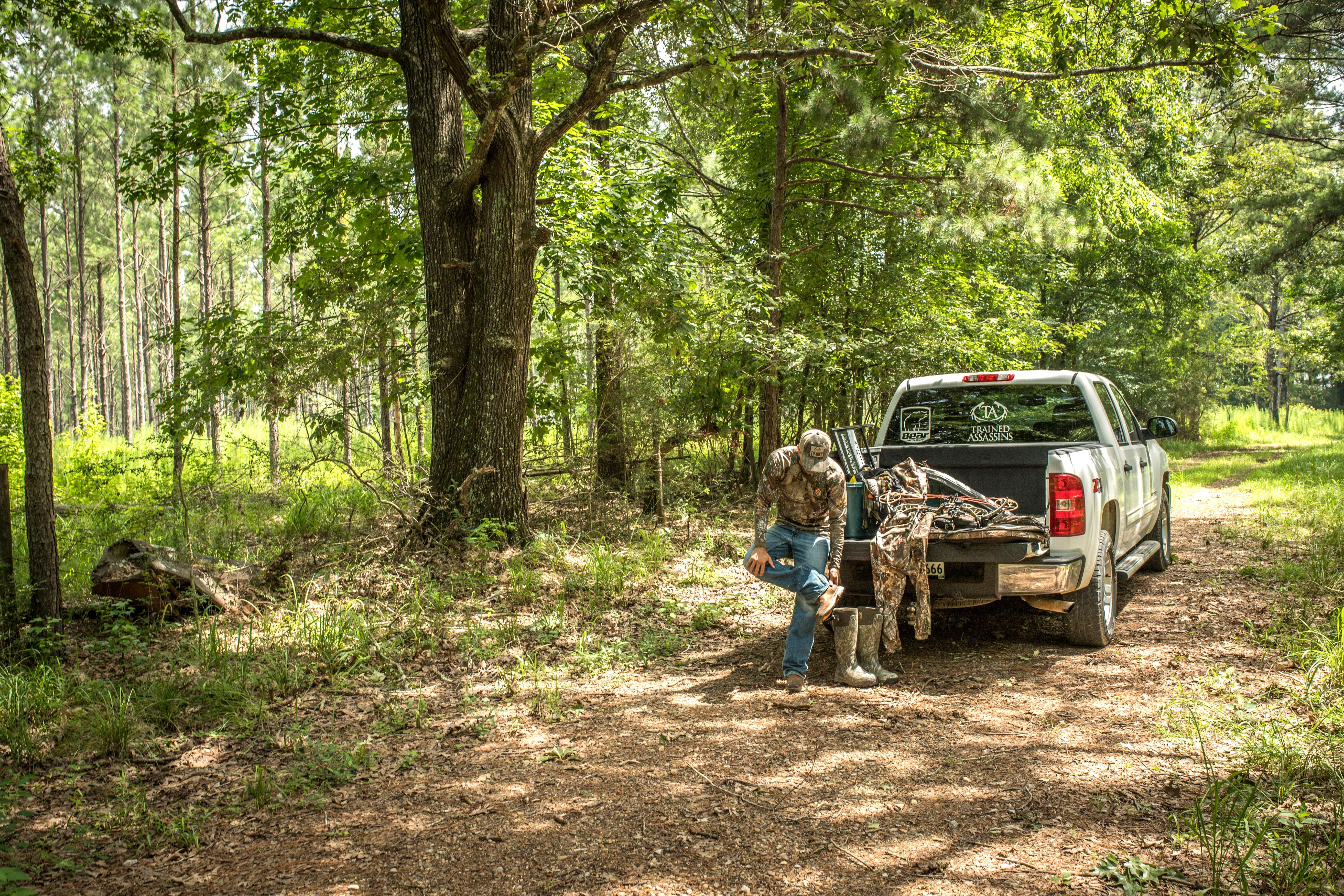
Landowners can generate a bit of income through government programs that will supplement them for conservation practices that benefit wildlife. (Photo by Bill Konway)
Lastly, consider leasing hunting rights to other hunters. While this can sound counterintuitive, hear me out. For starters, if you’re only interested in hunting one species, lease your property in the offseason to hunters in search of another. If you hunt everything and your property is too big for one hunter, it may be helpful to lease the species you hunt to have someone share in the work and pay you in the process. After all, sharing the woods with one other hunter is still better than sharing the public woods with every hunter in America. If your prospective property borders a particularly well-known trout stream, lease private access. Regardless of the lease, you control the foot traffic and human exposure on a year-to-year basis and can pull the plug if the experience doesn’t go well. If this route is pursued, I would highly recommend hiring an attorney to draw up a contract to be used between lessor and lessee and to suggest ways to limit your personal liability.
ADDITIONAL TIPS
Finding the right property and hammering out the loan and supplemental income options will get you close to the finish line, but there are a few other random tips to make private property ownership more realistic. One would be to bring on a co-owner. This process carries obvious benefits and downsides. Be careful in selecting a partner, but the right partner can split costs in a way that no other income source can.
Don’t Miss: How to Avoid the 4 Biggest Turkey Calling Mistakes
Aspiring owners can also plan to step-up their property over time. Real estate bought on a loan will accumulate equity over time as the loan is paid down. As an example, a $200,000 property bought with $40,000 of down payment and a $160,000 loan would start off with $40,000 of equity (land value minus loan value). After 10 years, the loan would be paid down to around $130,000, but the property could accumulate to around $400,000. The equity after 10 years would balloon to $170,000 in that example. The owner could then sell their original property and roll the $170,000 of equity as the down payment into a more desirable property. The loan would reset to a new 30-year cycle, but the monthly payment could stay the same if structured properly. In short, your first property purchase doesn’t have to be your last property purchase.
Another way to find more affordable properties is to shop properties that have existing easements. With these properties, the seller would have sold easements to the government or government agencies in exchange for restrictions for development. In other words, the next buyer couldn’t build on them. As a hunter, these properties are ideal because the property will sell for considerably less than a comparable property without an easement, and they must remain pristine. Some easements will only cover part of a property, but on some tracts where an easement has been sold on the entire property, even a cabin or a barn would be restricted. Nevertheless, properties with easements can serve as great hunting properties for less money.

With a bit of planning and figuring out how the property can supplement the loan, private land owernship can be more attainable than you think. (Photo by Bill Konway)
An aspiring landowner can also add an easement after purchase. Prospective buyers should proceed with caution when depending on this process since easements can be hard to find and have lofty qualifications. Make sure you have a lock-tight commitment from a government agency before buying a property with the hopes of selling an easement. It’s a good deal when you can get it though. I have seen cases where a government agency would pay close to market value of a property for the commitment of an easement. Beware, however. Many easements are permanent.
PUTTING IT ALL TOGETHER
Private land ownership can seem intimidating, but with a little foresight and planning, it can be done for a lower monthly payment than a boat or a new truck. In our $200,000 example, assuming 20 acres could be leased to a farmer for $100 per acre and some timber could be cut, a buyer could walk away for less than $750 dollars a month after their property supplements the loan. As always, be sure to seek professional help with each of these categories. Good luck.


